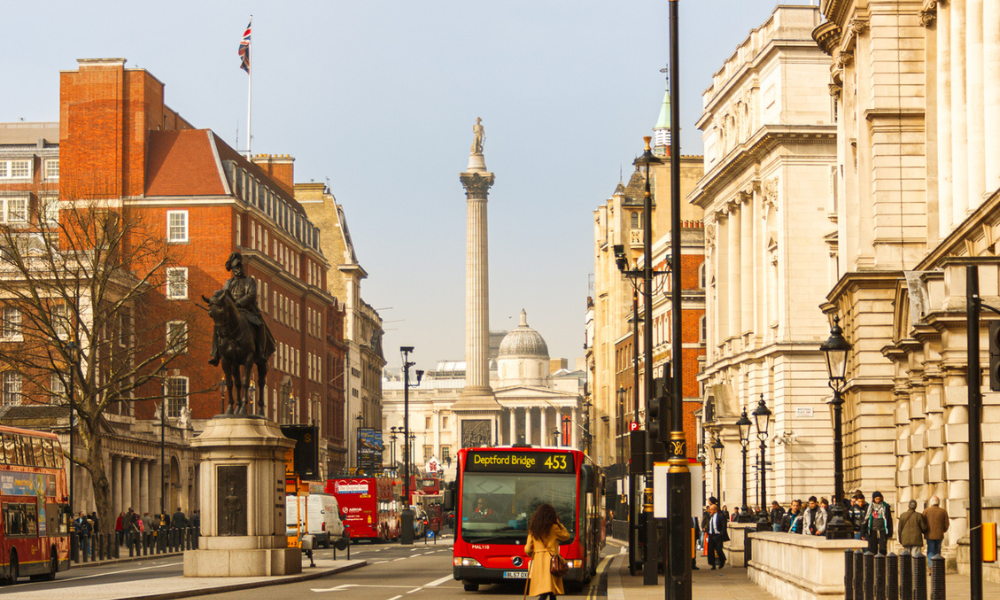Property prices are also up

Rental values in prime areas of London are now 9% higher than they were before the pandemic, as low supply and high demand continue to produce an imbalanced market, according to the latest prime London sales and lettings reports from estate agency Knight Frank.
The number of market valuation appraisals – a leading indicator of supply – was 40% below the five-year average in April, while the number of new prospective tenants registering was 57% higher over the same period.
Knight Frank said the disparity contributed to a 29.2% annual rise in rental values in prime central London in April. The equivalent rise in prime outer London was 23.5%.
According to the Knight Frank report, the increases were magnified by the fact that rents hit their low point during the pandemic in early 2021 due to a glut of short-let property on the long-let market. Supply has since become scarcer while demand has been extremely strong.
Underlining the strength of demand, the number of international corporate relocation enquiries received by Knight Frank from prospective tenants in March reached its highest level since August 2019.
Gary Hall, head of lettings at Knight Frank, said the supply squeeze is only going to get worse over the summer.
“We will continue to see competitive bidding and supply will only improve when the sales market slows down and more owners decide to let out their property,” he said.
Meanwhile, the same Knight Frank report revealed that property prices in prime central London rose as the race for space calms down in outer areas.
Read more: Prime London property prices are trending up.
Average prices in prime outer London were up by 1.9% in the three months to April, but decreased slightly from 2.1% in March. It was the first such slowdown this year, Knight Frank pointed out.
Prime central London prices remain in steady recovery mode, with quarterly growth reaching 1% in April, the highest such figure since July 2015.
Knight Frank noted that, as a result of calmer conditions in recent years, buyers in central London sense more relative value. Higher taxes and political uncertainty following Brexit mean that average prices in prime central London are 14% lower than they were at the start of 2015. Prices have declined by 4.7% over the same period.
Annual growth in prime central London reached 2.3% in April, which was the highest rate since May 2015. Annual growth was 4.5% in prime outer London.
“The property markets in central and outer London are increasingly on different trajectories,” Tom Bill, head of UK residential research at Knight Frank, said.
“Price growth in outer London is moderating as the race for space becomes less frenetic and rising mortgage rates and the higher cost-of-living take their toll. Meanwhile, prime central London is recovering after six subdued years and a relatively quiet pandemic, a process bolstered by the gradual return of international travel,” he added.



